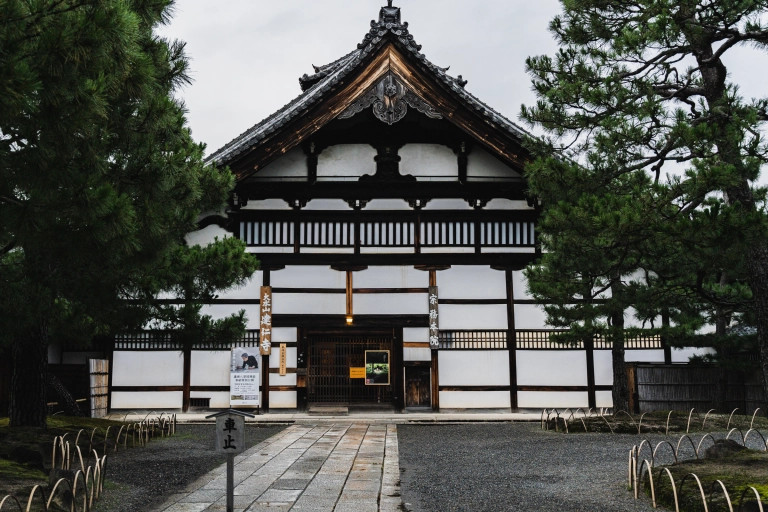
Crafts, private art viewings, private lectures, exclusive tea tastings…you’ll want to do it all!
If you’re looking for something to do this summer, look no further than JR Central’s “Souda Kyoto, Ikou” (“That’s right, Let’s go to Kyoto!”) program. They’ve paired with Kennin-ji Temple, one of the “five most important Zen temples in Kyoto” and the main temple Kennin-ji school of the Rinzai sect, to offer a selection of really cool experiences revolving around Kennin-ji’s history and culture. When our Japanese-language reporter Tasuku Egawa went to try them out, he was absolutely blown away!
The program is called “Kyo no Ryo Sagashi” (“Search for Cool in the Capital”), and it’s available now through September 30. It works not only with Kennin-ji Temple but with other temples and shops around the old imperial capital. Tasuku was lucky enough to be invited to a press preview for the Kennin-ji Temple experiences, so he’d like to share what he did and saw.
Kennin-ji was founded by Minamoto no Yoriie, the second shogun of the Kamakura shogunate. It might be best known for hosting the famous Fujin Raijin painting on a folding screen, which depicts the gods of wind and thunder on a shining golden background, and which is a national treasure entrusted to them by the Kyoto National Museum. Unfortunately, it’s not available for view by the general public, but they do have a very impressive replica on display at the temple.
If you live in Japan and have been watching TV, you might have seen the commercial for the “Souda Kyoto, Ikou” campaign, which features this absolutely gorgeous shot of a green, green garden and a Japanese-style room. (Turn your head, phone, or monitor sideways to get the best view.)
This is also at Kennin-ji Temple, near the temple’s lecture hall. A tour of the inside of Kennin-ji Temple to see these things and more is enough to satisfy its visitors, but the “Souda Kyoto, Ikou” program offers so much more. Not only do you get to visit this room with the stunning inner garden view, but you get to have it all to yourself while you lay about on the floor, gazing up at the twin dragons painted on the ceiling. You can also do this at Tachuu-jiin, a sub-temple within the grounds, where there is another enormous dragon painting on the ceiling.
Tasuku had the opportunity to lie down in the lecture hall and stare up at the ceiling painting of two dragons. In this room, a statue of the Shakyamuni Buddha, the original Buddha, stood watch, so it had a very solemn feel to it.
They’d set up reclining chairs and a few tatami mats where you could sit back, relax, and take your time admiring the mighty painting. Tasuku thought it was a really neat way to take time to study and appreciate it.
The Twin Dragons painting was absolutely huge. So big that Tasuku began to wonder how in the heck they made it. Apparently it was painted on 30 different, carefully divided parts outside the hall, which, upon completion, were brought in and installed on the ceiling. You really have to see it to understand how impressive it is.
Naturally, the lecture hall is closed while participants are appreciating the art, so you get to have it all to yourself, but there are only certain times you can do it, so make sure to check the official website for details. Tickets for this experience cost 2,000 yen (US$15.19).
If you’re more interested in the Fujin Raijin folding screen, try the mini Fujin Raijin folding screen DIY craft and national treasure explanation. In a special room inside Kennin-ji Temple, you get to sit before the Fujin Raijin painting and make your own replica of the national treasure. This experience costs 4,500 yen.
Tasuku was a little apprehensive about this one, as he was dubious about the quality he could produce in a DIY capacity. The original is such an amazing work of art; how could Tasuku possibly replicate that? But from the moment the envelope full of materials was placed before him he started to get kind of excited.
This is what was inside the kit:
He had to cut out all the parts himself and paste them together with glue, but it came with an explanation booklet that reads like the instructions for making a real folding screen, which was pretty cool. The different parts all felt really high quality too, with each piece having a different kind of paper quality and the prints being super bright. It really did feel like you were making something cool.
Tasuku had to assume they couldn’t have made many of these; it was about the level of a doujinshi (fan manga) made by a really zealous fan who didn’t care about the cost. It was probably the most exquisite mini Fujin Raijin folding screen ever. Tasuku highly doubts you’d find such a quality kit anywhere else.
Lastly, the program offers a lecture and a tea ceremony, featuring tea grown in a tea farm on Kennin-ji Temple’s grounds, in Kennin-ji’s famous garden, Cho’on-tei (shown in the picture of the garden above), and their rock garden, 〇△□ Garden (pictured below).
▼ The name of the garden is read as “Maru Sankaku Shikaku” (“Circle”, “Triangle”, “Square”)
Alternatively, you can appreciate Kennin-ji’s dry landscape garden Daio-en, while listening to a lecture by its designer, Yuri Ugaya, after which you can enjoy some of Kennin-ji’s tea.
Though the tea supplied in these experiences is ordinary matcha tea grown on the temple grounds, it has an important history, so you’ll definitely want to try it. While the founder of Kennin-ji was Minamoto no Yoriie, the one who actually organized and ran the temple in the beginning was Eizai, the monk credited as the founder of the Rinzai Sect of Buddhism. Eizai was believed to have brought tea seeds from Song Dynasty China, which is how green tea, which hadn’t been common in Japan until then, became a popular drink. That is why Kennin-ji cultivates tea to this day.
It is forbidden to remove Kennin-ji’s tea from the premises, and normally it’s only given to those associated with the temple or with nearby temples, so it’s super rare for visitors to taste it. That you can do so with a simple tour is really amazing! If you’re a matcha or green tea fan, you will definitely want to try it out. One of these tea experiences costs 6,000 yen.
Of course, if you’d rather just have a simple, self-guided tour of the temple, you can also choose to buy a 1,600 yen set that supplies a ticket to Kennin-ji Temple, two vouchers for sweets or drinks that can be used at cafes and restaurants around Kyoto, and an original folding fan.
The sweet Tasuku was supplied with as part of his press preview came from Itohkyuemon, a popular sweets shop famous for using Uji Matcha. He was able to try this fancy looking matcha ice cream that looked like a badminton racquet, which he’d seen on TV before and which we’ve perviously covered on our site.
It was so good that Tasuku went out looking for more. He found a branch of Itohkyuemon near Gion Shijo Station that served the same ice cream, where he ordered a cherry blossom-flavored one that was just as pretty. They had several different flavors to choose from, so those food and drink vouchers will definitely come in handy for trying some of Kyoto’s famed Japanese-style sweets!
If you’d like to participate in any of the Kyo no Ryo Sagashi awesome experiences, check out the official page to sign up. And if you plan to visit Kyoto this summer, don’t figure to have their “hidden-in-plain-sight curry” before you leave!
Images provided by JR Central
Photos © SoraNews24
Related: Souda Kyoto, Ikou, Kennin-ji Temple
● Want to hear about SoraNews24’s latest articles as soon as they’re published? Follow us on Facebook and Twitter!
[ Read in Japanese ]

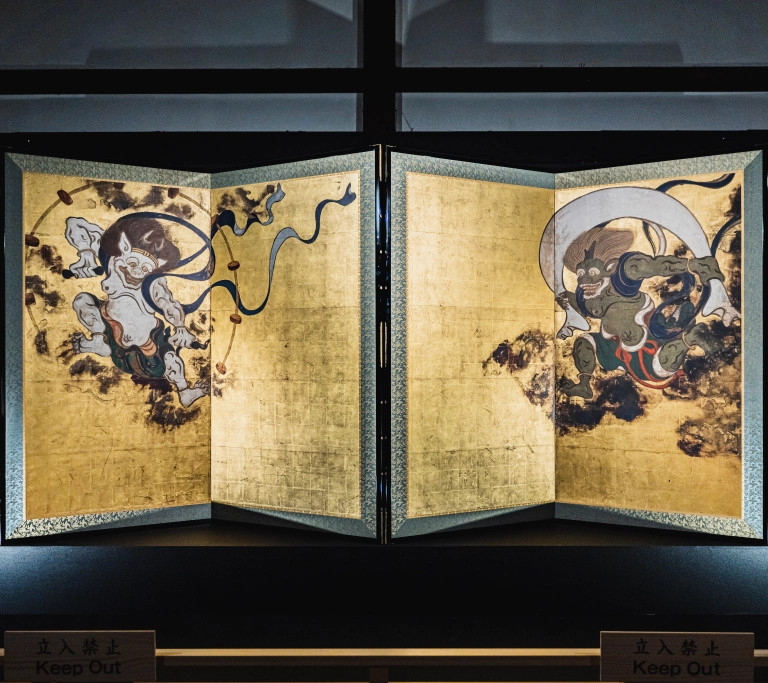
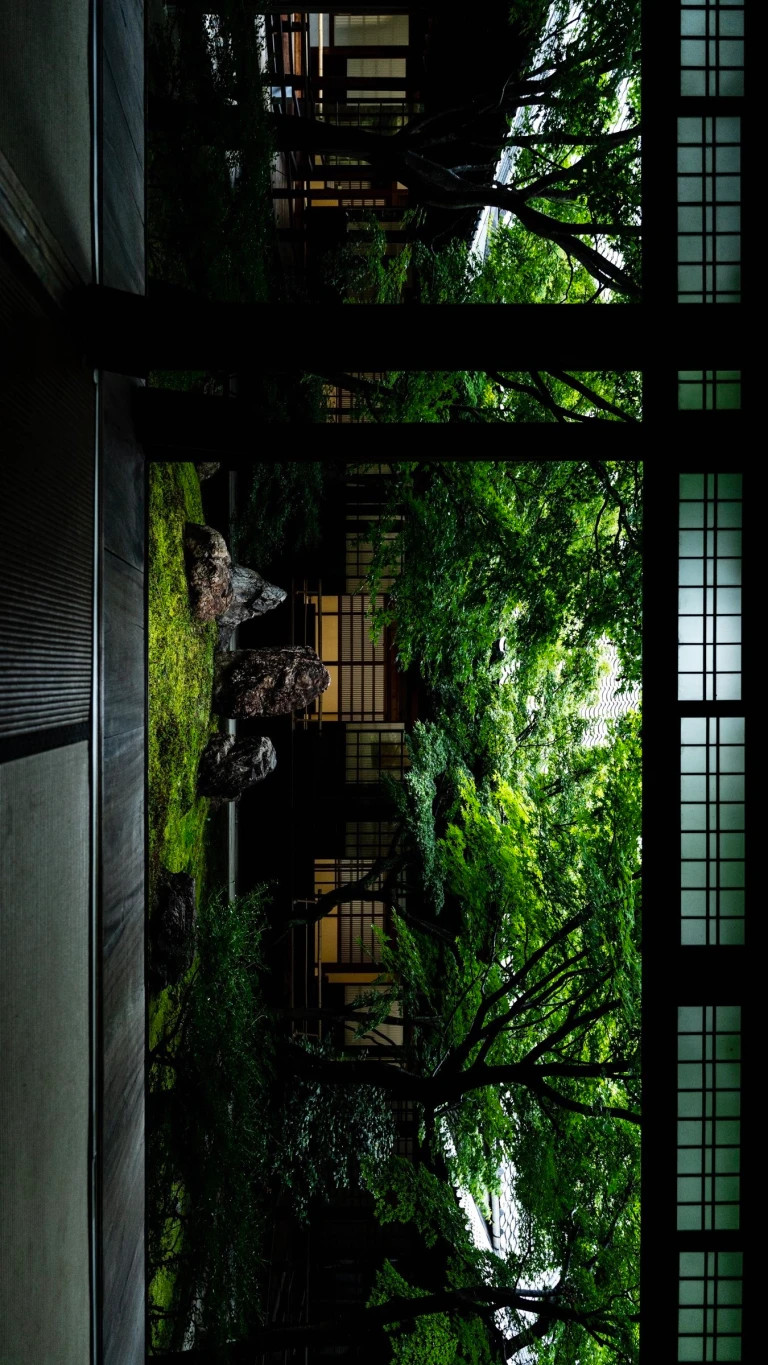
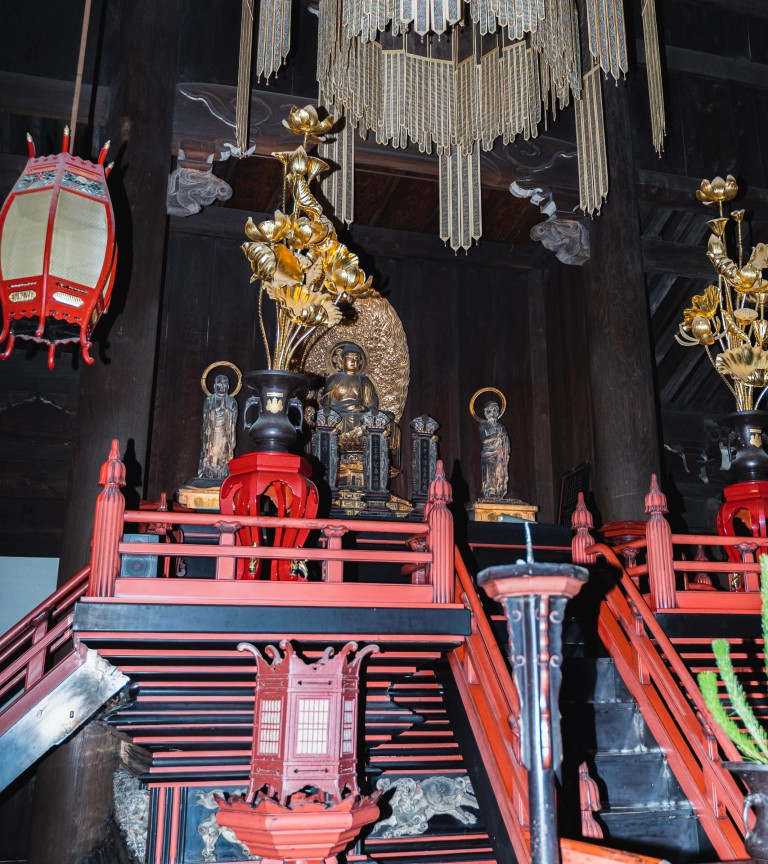
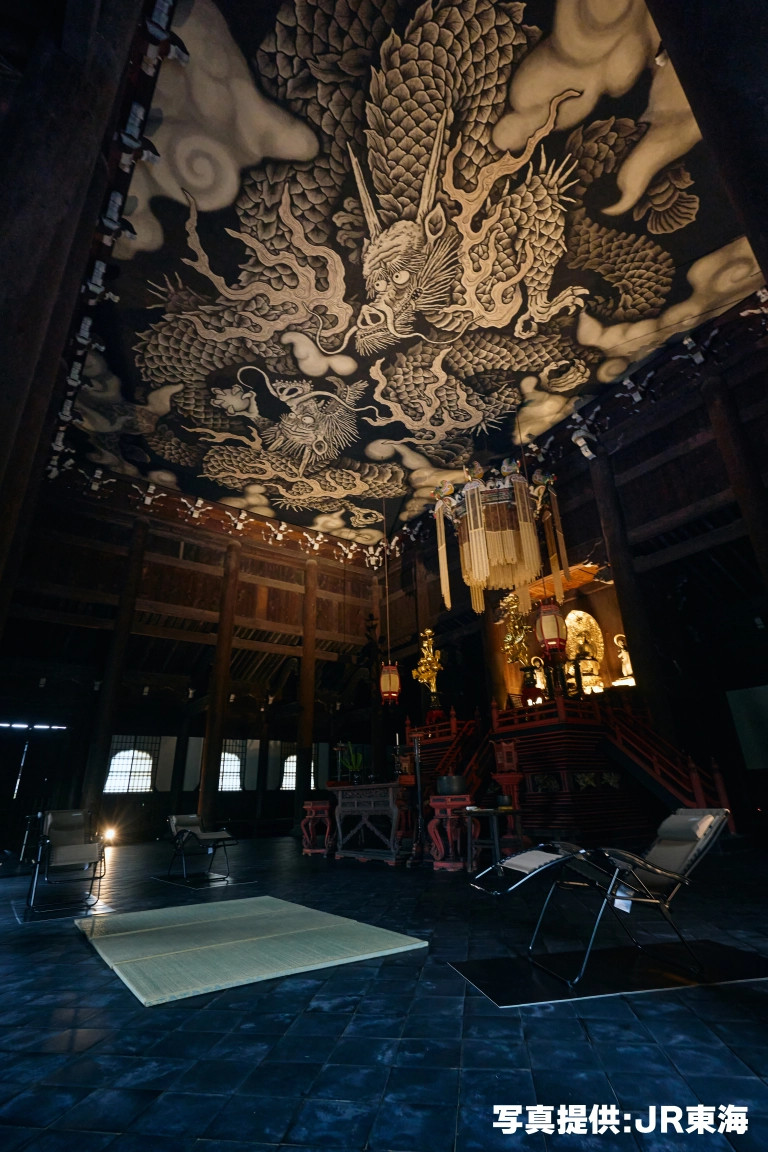
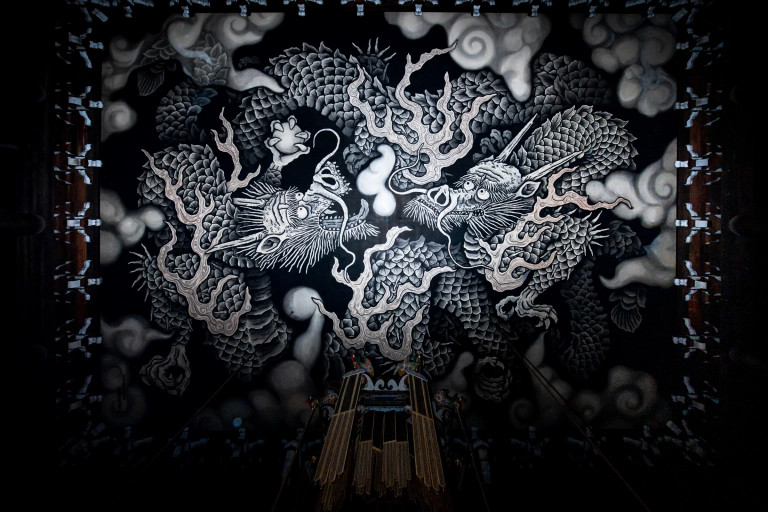
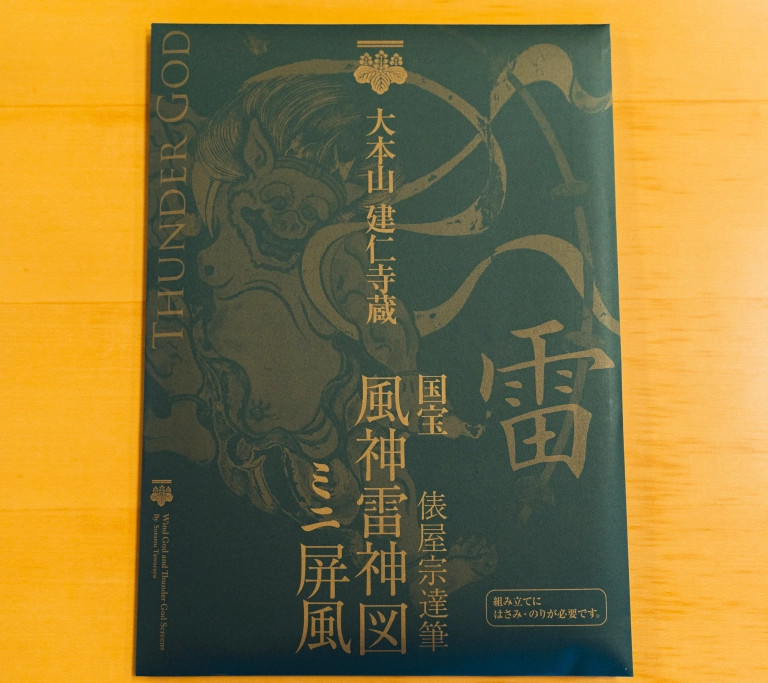
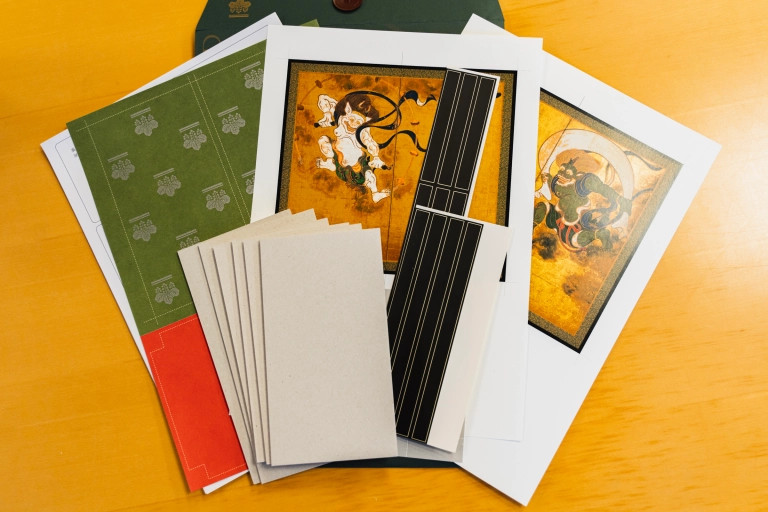
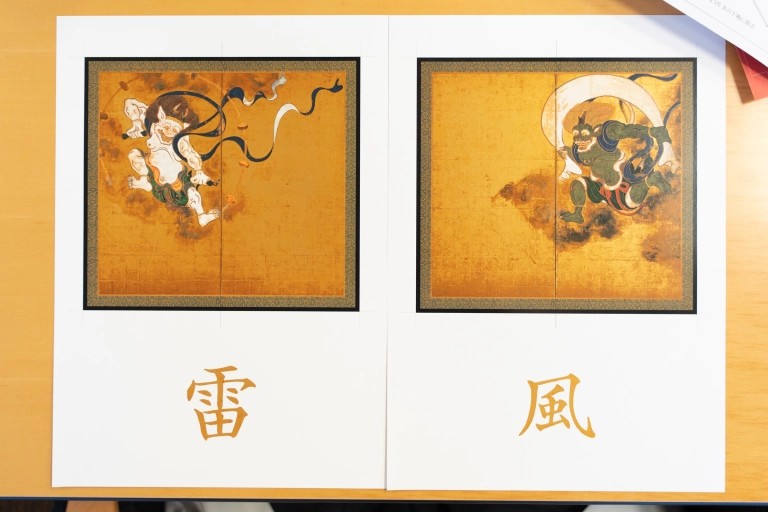
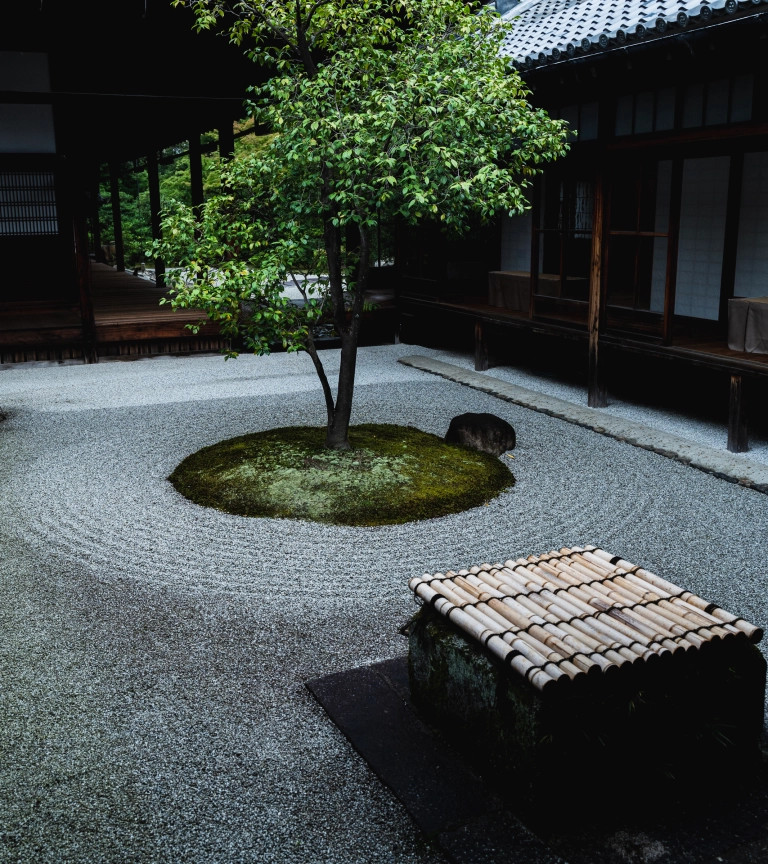

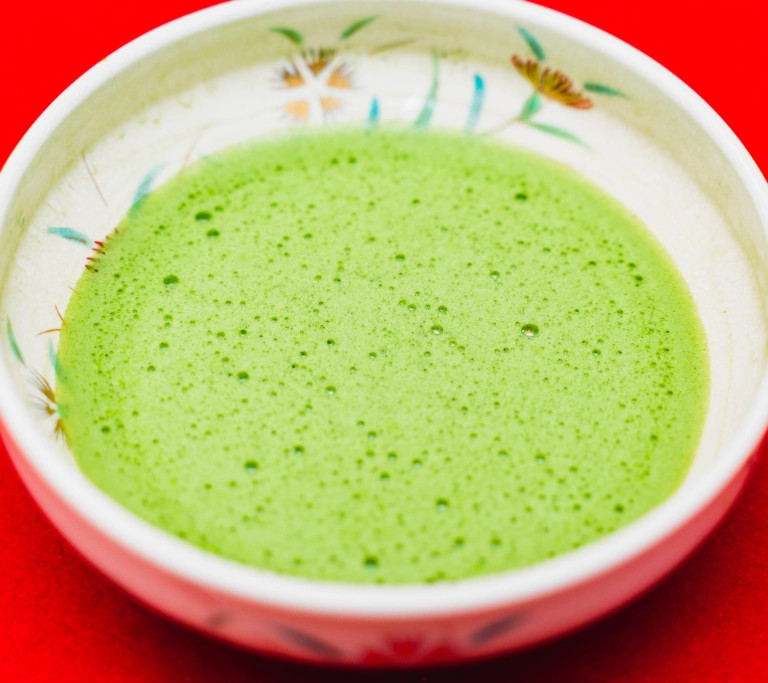
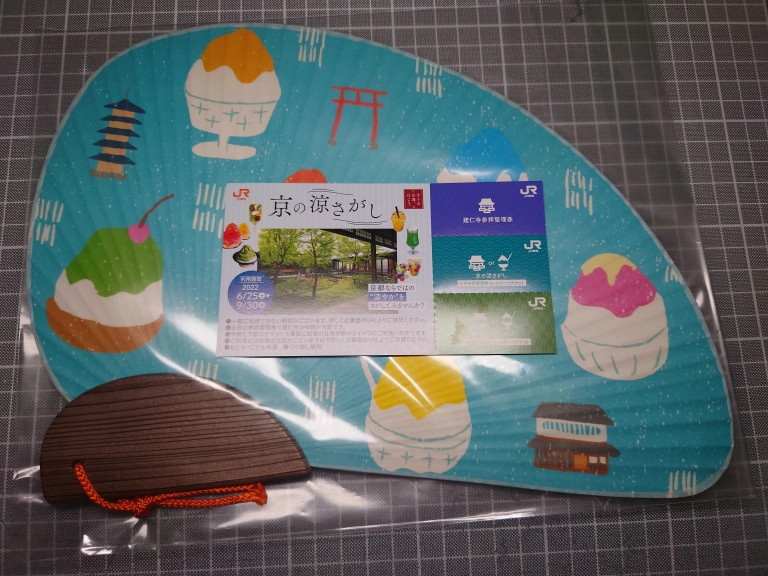

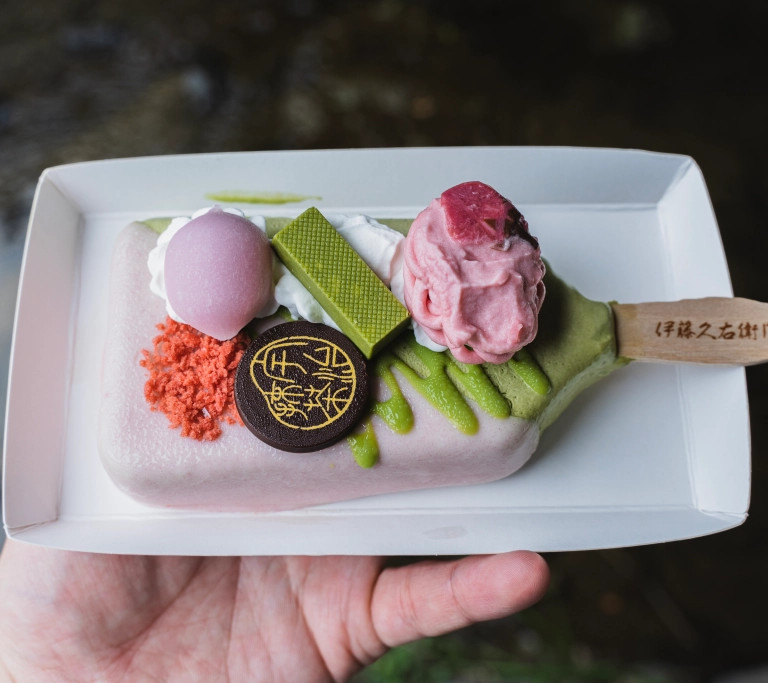
 Kyoto in summer: A special trip to Kifune shrine recharges the soul
Kyoto in summer: A special trip to Kifune shrine recharges the soul Giant temple in mountains of Japan is also one of its most impressive tapioca bubble tea cafes
Giant temple in mountains of Japan is also one of its most impressive tapioca bubble tea cafes We travel across the city like royalty — Hiroshima streetcar turns into fancy, private dining area
We travel across the city like royalty — Hiroshima streetcar turns into fancy, private dining area Miss school field trips? Now adults can go on a “school trip” too with new plan at Nara hotel
Miss school field trips? Now adults can go on a “school trip” too with new plan at Nara hotel We try the four new offerings in the Mister Donut x Gion Tsujiri collaboration series【Taste test】
We try the four new offerings in the Mister Donut x Gion Tsujiri collaboration series【Taste test】 Foreigner’s request for help in Tokyo makes us sad for the state of society
Foreigner’s request for help in Tokyo makes us sad for the state of society Japanese city loses residents’ personal data, which was on paper being transported on a windy day
Japanese city loses residents’ personal data, which was on paper being transported on a windy day Should you add tartar sauce to Japanese curry rice? CoCo Ichi makes diners an unusual offer
Should you add tartar sauce to Japanese curry rice? CoCo Ichi makes diners an unusual offer Historical figures get manga makeovers from artists of Spy x Family, My Hero Academia and more
Historical figures get manga makeovers from artists of Spy x Family, My Hero Academia and more Akihabara pop-up shop sells goods made by Japanese prison inmates
Akihabara pop-up shop sells goods made by Japanese prison inmates Sandwiches fit for a sumo served up in Osaka【Taste Test】
Sandwiches fit for a sumo served up in Osaka【Taste Test】 Harajuku Station’s beautiful old wooden building is set to return, with a new complex around it
Harajuku Station’s beautiful old wooden building is set to return, with a new complex around it Suntory x Super Mario collaboration creates a clever way to transform into Mario【Videos】
Suntory x Super Mario collaboration creates a clever way to transform into Mario【Videos】 Osaka governor suggests lowering voting age to 0 to curb population decline
Osaka governor suggests lowering voting age to 0 to curb population decline McDonald’s new Happy Meals offer up cute and practical Sanrio lifestyle goods
McDonald’s new Happy Meals offer up cute and practical Sanrio lifestyle goods Japanese ramen restaurants under pressure from new yen banknotes
Japanese ramen restaurants under pressure from new yen banknotes French Fries Bread in Tokyo’s Shibuya becomes a hit on social media
French Fries Bread in Tokyo’s Shibuya becomes a hit on social media Studio Ghibli releases new action figures featuring Nausicaä of the Valley of the Wind characters
Studio Ghibli releases new action figures featuring Nausicaä of the Valley of the Wind characters New private rooms on Tokaido Shinkansen change the way we travel from Tokyo to Kyoto
New private rooms on Tokaido Shinkansen change the way we travel from Tokyo to Kyoto Red light district sushi restaurant in Tokyo shows us just how wrong we were about it
Red light district sushi restaurant in Tokyo shows us just how wrong we were about it Tokyo Tsukiji fish market site to be redeveloped with 50,000-seat stadium, hotel, shopping center
Tokyo Tsukiji fish market site to be redeveloped with 50,000-seat stadium, hotel, shopping center All-you-can-drink Starbucks and amazing views part of Tokyo’s new 170 meter-high sky lounge
All-you-can-drink Starbucks and amazing views part of Tokyo’s new 170 meter-high sky lounge Beautiful Ghibli sealing wax kits let you create accessories and elegant letter decorations【Pics】
Beautiful Ghibli sealing wax kits let you create accessories and elegant letter decorations【Pics】 Studio Ghibli releases Kiki’s Delivery Service chocolate cake pouches in Japan
Studio Ghibli releases Kiki’s Delivery Service chocolate cake pouches in Japan New definition of “Japanese whiskey” goes into effect to prevent fakes from fooling overseas buyers
New definition of “Japanese whiskey” goes into effect to prevent fakes from fooling overseas buyers Our Japanese reporter visits Costco in the U.S., finds super American and very Japanese things
Our Japanese reporter visits Costco in the U.S., finds super American and very Japanese things Studio Ghibli unveils Mother’s Day gift set that captures the love in My Neighbour Totoro
Studio Ghibli unveils Mother’s Day gift set that captures the love in My Neighbour Totoro More foreign tourists than ever before in history visited Japan last month
More foreign tourists than ever before in history visited Japan last month New Pokémon cakes let you eat your way through Pikachu and all the Eevee evolutions
New Pokémon cakes let you eat your way through Pikachu and all the Eevee evolutions Sales of Japan’s most convenient train ticket/shopping payment cards suspended indefinitely
Sales of Japan’s most convenient train ticket/shopping payment cards suspended indefinitely Sold-out Studio Ghibli desktop humidifiers are back so Totoro can help you through the dry season
Sold-out Studio Ghibli desktop humidifiers are back so Totoro can help you through the dry season Japanese government to make first change to romanization spelling rules since the 1950s
Japanese government to make first change to romanization spelling rules since the 1950s Ghibli founders Toshio Suzuki and Hayao Miyazaki contribute to Japanese whisky Totoro label design
Ghibli founders Toshio Suzuki and Hayao Miyazaki contribute to Japanese whisky Totoro label design Doraemon found buried at sea as scene from 1993 anime becomes real life【Photos】
Doraemon found buried at sea as scene from 1993 anime becomes real life【Photos】 Tokyo’s most famous Starbucks is closed
Tokyo’s most famous Starbucks is closed One Piece characters’ nationalities revealed, but fans have mixed opinions
One Piece characters’ nationalities revealed, but fans have mixed opinions We asked a Uniqlo employee what four things we should buy and their suggestions didn’t disappoint
We asked a Uniqlo employee what four things we should buy and their suggestions didn’t disappoint Princesses, fruits, and blacksmiths: Study reveals the 30 most unusual family names in Japan
Princesses, fruits, and blacksmiths: Study reveals the 30 most unusual family names in Japan Tokyo’s Tsukiji Hongan Temple opens a cafe, breakfast set has 16 side dishes!
Tokyo’s Tsukiji Hongan Temple opens a cafe, breakfast set has 16 side dishes! Trying out First Kitchen’s tsukimi mochi burgers for a taste of Japanese autumn
Trying out First Kitchen’s tsukimi mochi burgers for a taste of Japanese autumn We tried super spicy wasabi ramen and yakisoba that’s rumored to make anyone cry【Taste Test】
We tried super spicy wasabi ramen and yakisoba that’s rumored to make anyone cry【Taste Test】 Hungry for art? Japanese cookie artist uses icing to make unbelievable edible masterpieces【Pics】
Hungry for art? Japanese cookie artist uses icing to make unbelievable edible masterpieces【Pics】 Taste-testing every single sakura sweet and cherry blossom drink we could find at Mujirushi
Taste-testing every single sakura sweet and cherry blossom drink we could find at Mujirushi We try Matsuya’s beef stroganoff, only available at select spots, and learn a bit about Matsuya
We try Matsuya’s beef stroganoff, only available at select spots, and learn a bit about Matsuya All-Noodle Artisan Marugame udon restaurant operating in Tokyo, only 30 percent pass test
All-Noodle Artisan Marugame udon restaurant operating in Tokyo, only 30 percent pass test We learned how to make a calligraphy brush from the masters of Kumanofude in Hiroshima
We learned how to make a calligraphy brush from the masters of Kumanofude in Hiroshima Japanese photographer captures the beauty of Kyoto in the snow 【Photos】
Japanese photographer captures the beauty of Kyoto in the snow 【Photos】 Can this cushion really protect an egg from being sat on? How about a few punches?
Can this cushion really protect an egg from being sat on? How about a few punches? Someone crashed a car into Japan’s oldest restroom
Someone crashed a car into Japan’s oldest restroom Refresh your mind, body, and soul at Temple Camp Daitaiji, the first temple to open to campers
Refresh your mind, body, and soul at Temple Camp Daitaiji, the first temple to open to campers We fall in love with a bucket of Japanese custard pudding【Taste test】
We fall in love with a bucket of Japanese custard pudding【Taste test】 Mt Fuji and Raijin and Fujin lingerie sets let you wear your love for Japan under your clothes
Mt Fuji and Raijin and Fujin lingerie sets let you wear your love for Japan under your clothes Trying the peach custard treat in Japan that got over 20 thousand likes in a week
Trying the peach custard treat in Japan that got over 20 thousand likes in a week Amazing pics from Kyoto/Nara “bullet tour” show no matter how tight your schedule, you should go
Amazing pics from Kyoto/Nara “bullet tour” show no matter how tight your schedule, you should go
Leave a Reply